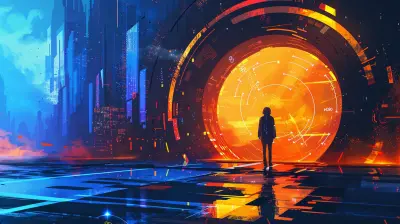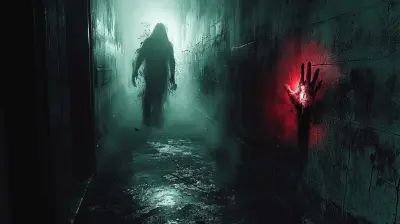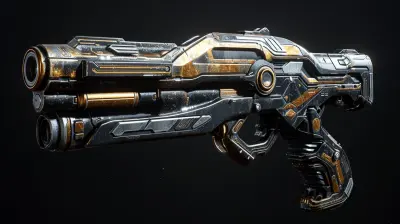From Concept Art to Playable Demo: Structuring Your Game’s Crowdfunding Milestones
17 July 2025
So, you're sitting there, staring at your half-filled notebook of game ideas and thinking, “How do I turn this into something real? How do I crowdfund it, and where do I even start?” Don’t worry—you’re definitely not alone. Crowdfunding has become one of the most exciting and challenging ways to launch a game, but success doesn’t just happen by accident. It’s all about milestones.
Milestones are the backbone of any well-organized crowdfunding campaign. Think of milestones as your game’s pit stops—they keep you on track and give your supporters a clear idea of what’s coming next. In this article, we’re going to break it all down for you, step by step: from your initial concept art to the point where you’ve got a playable demo that screams “back me!”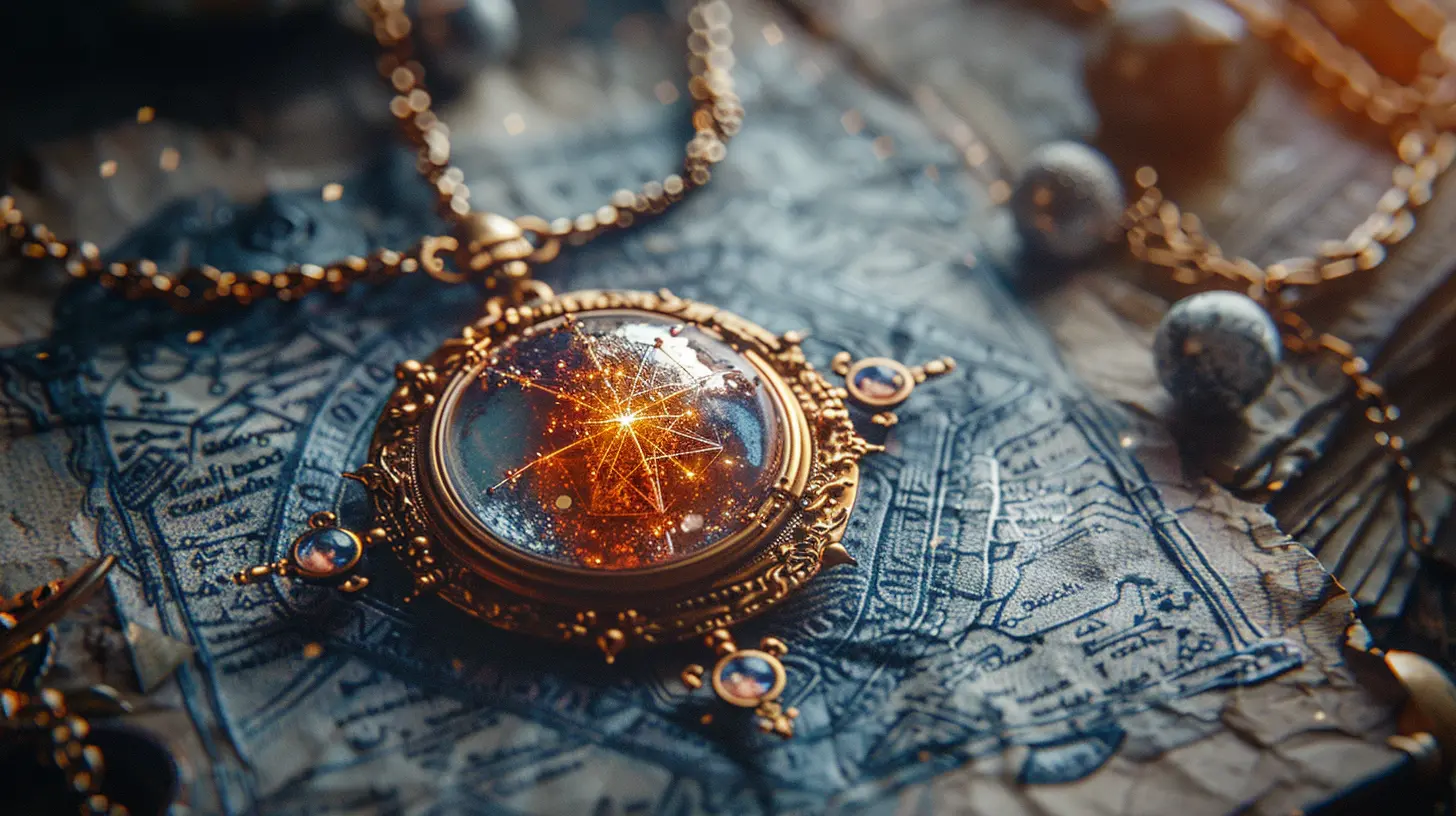
Why Milestones Are Non-Negotiable
Let’s get one thing straight—without milestones, your game development journey could turn into an aimless road trip with no map. Whether you're working solo or with a team of passionate devs, milestones help you stay focused and accountable. They’re also the key to winning over your audience.Think about it: Would you rather back a campaign that vaguely promises “an amazing game” or one that lays out clear, achievable goals along the way? Milestones show potential backers that you’ve done your homework. They’re essentially your way of saying, “Hey, I’m serious about this. Here’s the plan!”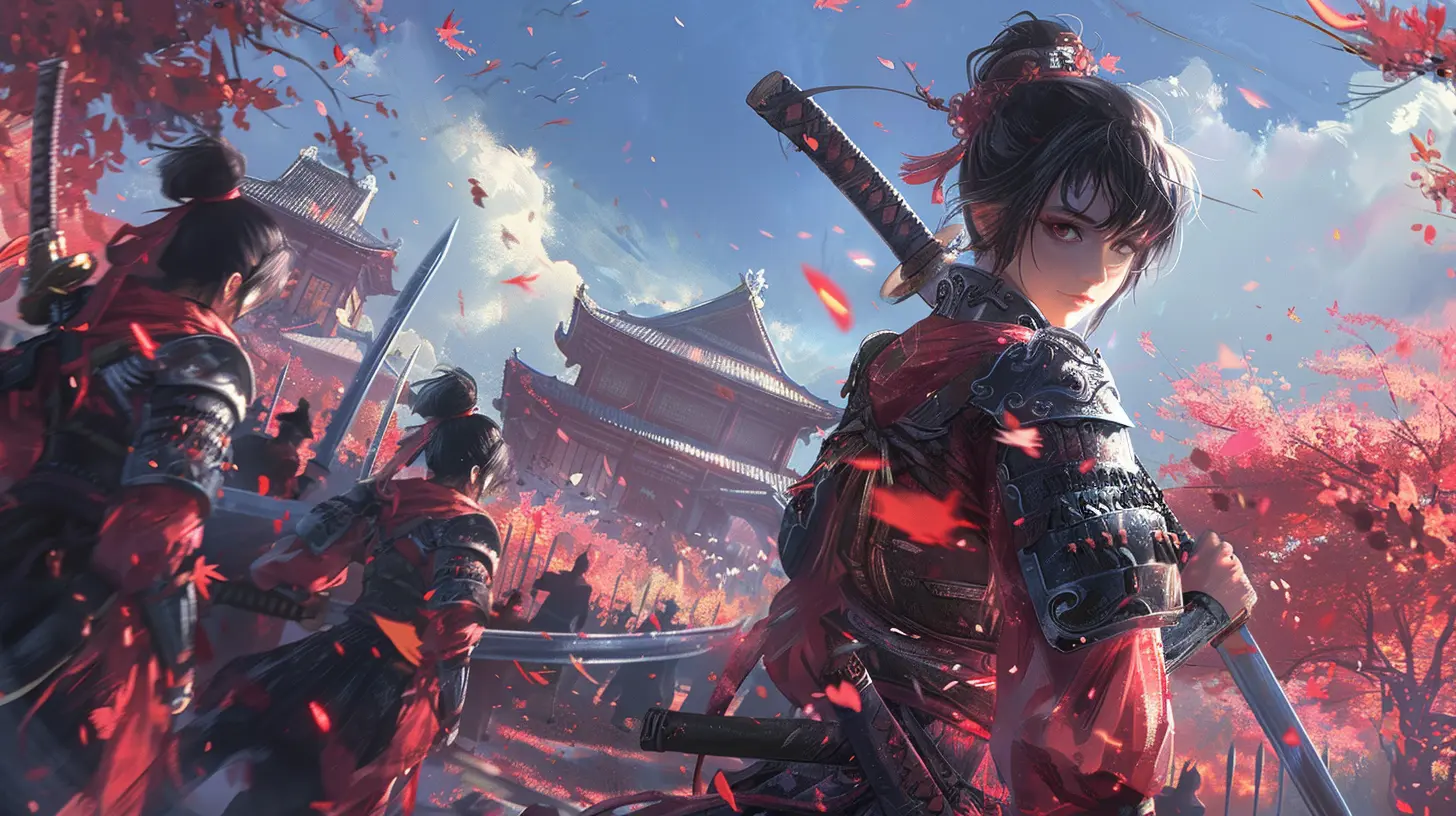
Breaking It Down: The Stages of Your Crowdfunding Milestones
Creating milestones for your game’s crowdfunding campaign isn’t just slapping random goals on a timeline. Each milestone should represent meaningful progress toward your ultimate goal. Let’s dive into the main stages you should include in your roadmap.1. Concept Art: The First Glimpse Into Your World
Your concept art is the first taste of your game’s universe. It’s like showing someone the appetizer before the main course. Why does this matter? Because visuals sell. Period.At this stage, you want to give potential backers a sneak peek into your game’s style, tone, and atmosphere. Whether it’s the gritty cyberpunk city your characters call home or the lush, fantasy landscapes they’ll explore, your concept art should scream, “This is going to be epic!”
What You Should Focus On:
- Character Designs: Show off your main characters. Let your audience connect with them from the get-go.- Environment Concepts: Paint the world (literally). Backers love seeing what kind of spaces they’ll be playing in.
- Mood Boards: Combine your inspirations and reference images to give a sense of the game's overall vibe.
Pro Tip:
Spend as much time as you need perfecting this stage. Your concept art is what sparks initial excitement and gets people to click “back this project.”2. Detailed Game Design Document (GDD)
Once you’ve blown everyone away with your concept art, the next milestone is your Game Design Document. Think of this as the blueprint for your project. It doesn’t have to reveal every single detail, but it should show that you’ve got a clear vision.A good GDD includes:
- Core Gameplay Mechanics: What makes your game fun? Is it a fast-paced roguelike, a narrative-driven RPG, or something totally unique?
- Story Outline: You don’t need to write a novel, but a brief summary of the plot and key characters goes a long way.
- Unique Selling Points (USPs): Why should anyone back your game instead of the zillion others on Kickstarter?
This is where backers will start to see that your game isn’t just a pretty picture—it’s a fully fleshed-out idea.
3. Tech Demo or Prototype
You’ve got the ideas, the documents, and the art. Now it’s time to put your money where your mouth is—or in this case, your code. A tech demo or prototype is your chance to prove that your game isn’t just a pipe dream. It’s a real, playable thing—or at least a very early version of one.What Should Your Prototype Include?
- A basic gameplay loop: Show how the game works. For example, if it’s a platformer, let people jump on platforms and avoid enemies.- Core mechanics: Introduce one or two features that make your game unique.
- Some visuals: While it doesn’t need to be polished, having a few tidbits of your concept art translated into playable assets does wonders for trust.
Why This Milestone Matters:
Think of your prototype as the equivalent of test-driving a car. It doesn’t need to have all the bells and whistles, but it has to prove that your idea is functional and fun. Backers tend to shy away from projects without any playable assets, so this step can make or break your campaign.4. Budget Breakdown and Stretch Goals
This is where you whip out the calculator and get into the nitty-gritty of money. Backers like transparency, and a well-thought-out budget shows that you’re not just winging it.What to Include:
- Development Costs: How much will it cost to make the game?- Marketing and PR: Include a budget for advertising your campaign—you’ll need it.
- Shipping (if applicable): If you’re offering physical rewards like art books or merchandise, account for shipping costs upfront.
And let’s not forget stretch goals. These are the “cherry on top” incentives. Maybe hitting an extra $10,000 means you’ll add multiplayer, or another $20,000 unlocks a new playable character. Stretch goals keep backers excited while also giving you room to grow.
5. Playable Demo
Ah, the holy grail of crowdfunding milestones—the playable demo. This is where all your hard work comes together in a way that lets potential backers truly experience your game. Unlike the prototype, your demo should feel polished and reflect the full gameplay experience you’re striving for.Features to Include:
- A slice of the main game (e.g., one level, one mission, or one quest).- A mix of all key gameplay mechanics.
- A visual style that mirrors your intended final product.
This is also the perfect milestone to start building hype. Share your demo with streamers, influencers, and game journalists. Let them spread the word, and watch your campaign take off.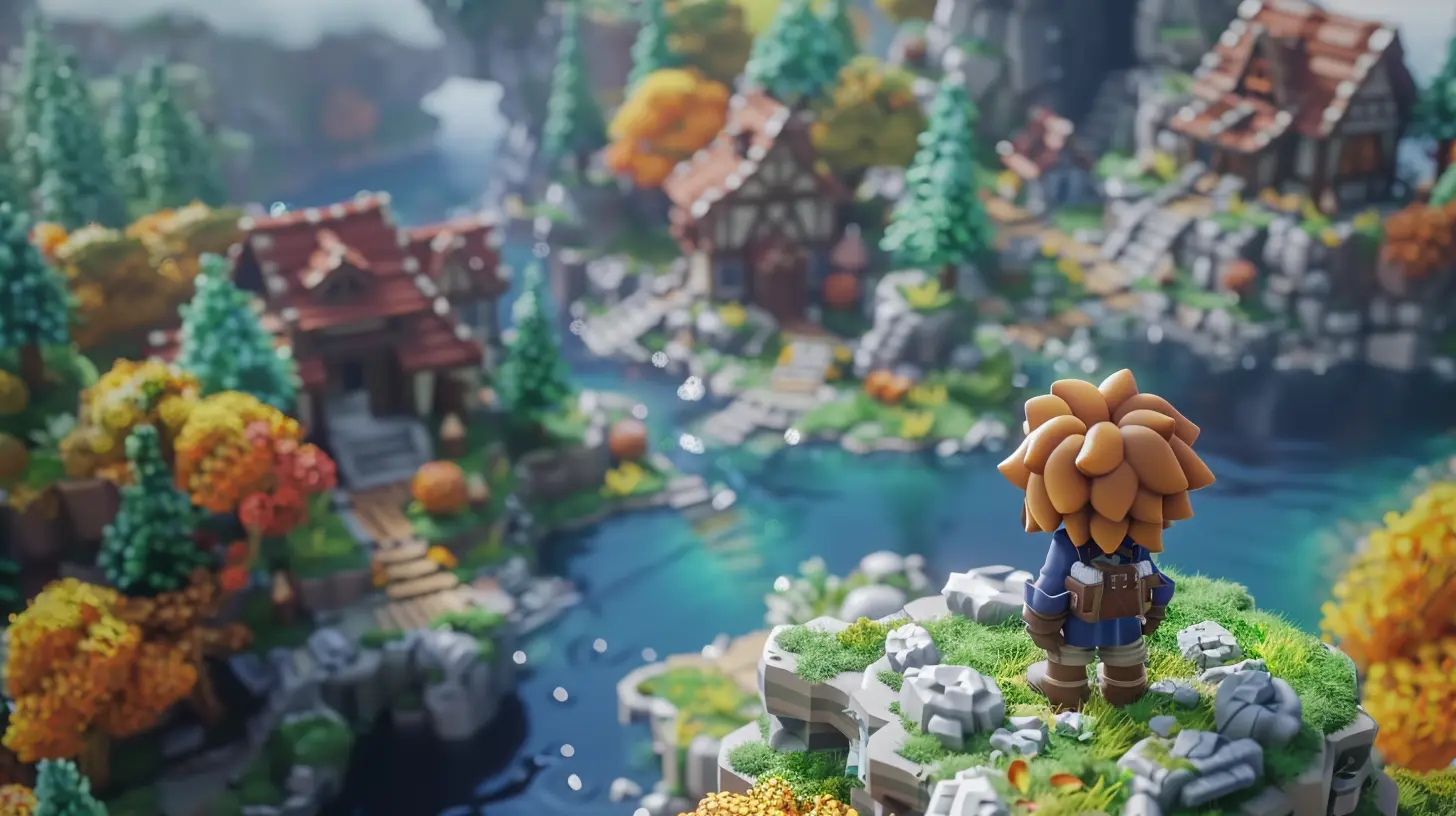
Keeping Your Backers in the Loop
Here’s a golden rule: Communication is everything. Your backers aren’t just numbers on a screen—they’re your future players, and they deserve regular updates. Use your milestones as checkpoints to keep them excited and informed. Whether it’s sharing a sneak-peek screenshot or a heartfelt progress vlog, consistent updates will keep your backers engaged and spread the word about your project.
Final Thoughts: Turning Dreams Into Milestones
At the end of the day, structuring your game’s crowdfunding milestones isn’t just about hitting arbitrary goals. It’s about building trust, showing progress, and turning a wild idea into a tangible product. Think of this journey like building a bridge. Your milestones are the beams holding it all together, making it easier for your backers to walk across and help you reach the other side.So, now that you have the roadmap, what’s stopping you? Grab your sketchbook, fire up your game engine, and start turning those dreams into checkpoints. Oh, and remember—your backers believe in you, but they also need you to believe in yourself. You’ve got this.
all images in this post were generated using AI tools
Category:
CrowdfundingAuthor:

Aurora Sharpe
Discussion
rate this article
2 comments
Zeth McGonagle
Fascinating insights on structuring crowdfunding milestones! How do different art styles influence a game's reception? Excited to see how these concepts play out in demos!
November 15, 2025 at 4:18 AM
Leo Franco
Great insights! Excited to see how these milestones transform dreams into playable adventures. Keep up the creativity!
July 30, 2025 at 4:39 PM

Aurora Sharpe
Thank you! I appreciate your enthusiasm and support. Excited to bring these ideas to life!
